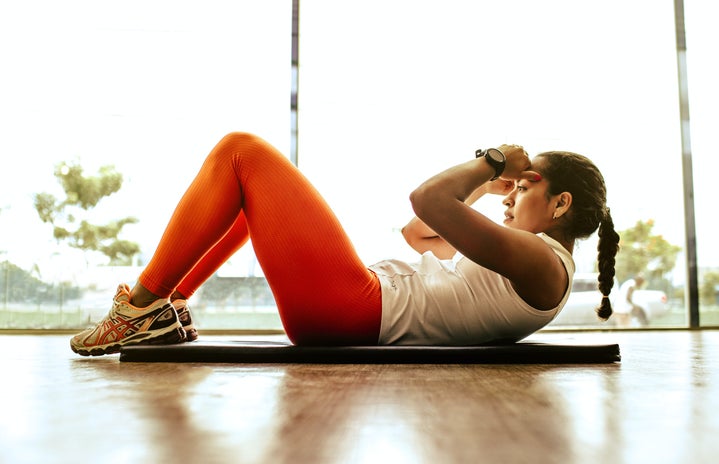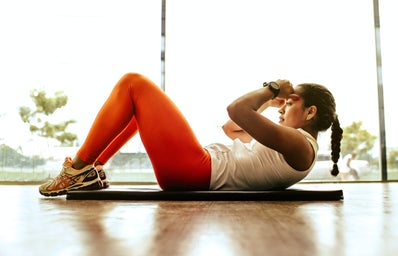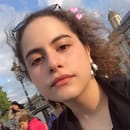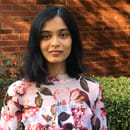If there is one thing everyone does at some point in their life, it’s create art. From the first scribbles and doodles one does on the walls of their bedroom as a child, to the sophisticated creations of a grown person—art has and will continue to have a large part in our personal expression. For many, art is simply a way to have fun and use as a creative outlet in the midst of their careers and hectic life, yet art has the power to promote wellness.
Research has proven that art therapy can help combat anxiety and stress, achieve balance, improve quality of life, and be a meditative escape for not just children, but adults as well.
Art is one of the most unique ways people express their emotions, thoughts, and ideas. It is a way to express things that are too difficult to put into words—it is one way to deal with traumatic events and negative thinking.
Projects such as Field Hospital X, a mobile, international institution that is committed to researching the way art can react and act in the face of social ills, allow for art to have a deeper influence in our psyche. This project was established by Israeli artist Aya Ben Ron. FHX provides a safe space in which silenced voices can be heard and social injustices can be seen, and it is currently stationed at the Israeli Pavilion at the Venice Biennale.
Oftentimes, the process of artmaking to improve one’s health can unearth negative emotions. This is the catharsis of negative feelings toward an event or person—you are letting go of these emotions, and so you feel them more keenly than ever. However, it is the long-term effects that make artmaking so helpful. Long-term, artmaking has shown evidence of improving physical health, as well as emotional and mental health.
The average busy college student doesn’t have all the time in the world to, so we’ve compiled this list of tips you can implement to your weekly routine. Nothing is more helpful than doing a little bit of something helpful every day, and these are things that can be done as often as one would like during the week:
- Start a bullet journal
-
Document your daily achievements and track your progress with it.
- Design a postcard
-
Creating a postcard you will never send to someone you are angry or upset with is a great way to express emotions.
- Attach a drawing or message to a balloon
-
Let go of negative emotions or spread positive messages.
- Paint to music or with friends
-
A little extra stimuli can help get your creative juices flowing.
- Draw or doodle outside
-
If you have time in between classes, sit in your favorite spot and draw!
- Surround yourself with colors that calm you
-
Add pictures to your walls or your notebooks with colors that resonate with you.
- Take photos on your phone
-
Our phones are our handiest companions, use it to improve your mood by documenting things and people that make you happiest.
Art can have a much more profound effect on mental and physical wellness than we may think it does in our daily life. A simple doodle can be the stress-reliever that you need for a few minutes, or an entire organization based on the effects of art on mental health can be the path to recovery you didn’t know was necessary until the choice was placed in front of you.
One thing is for certain, art is part of the human experience. It is up to us to find the best use for it.



